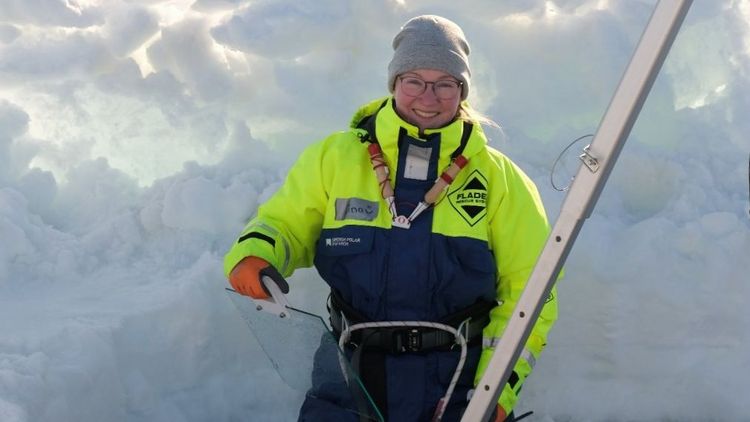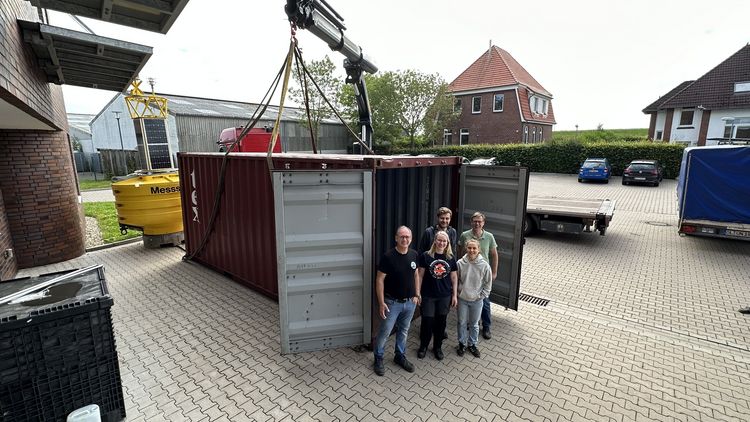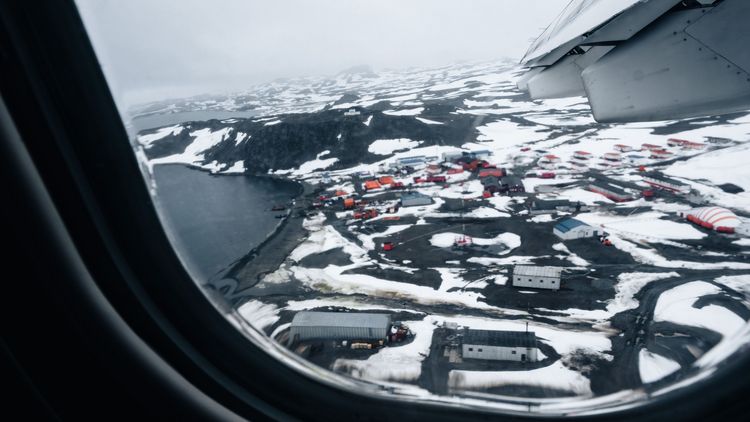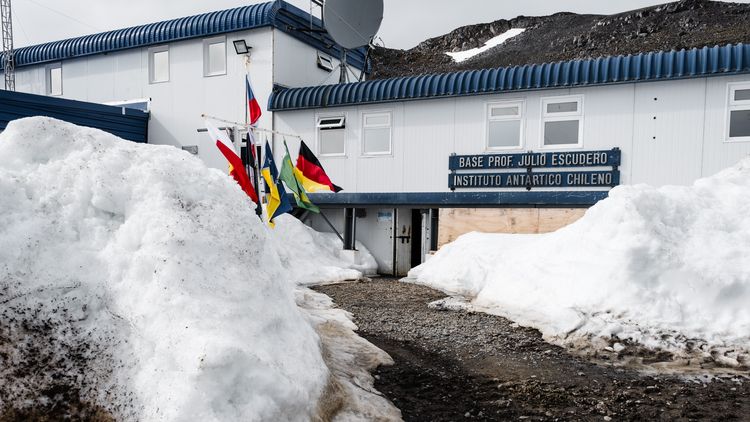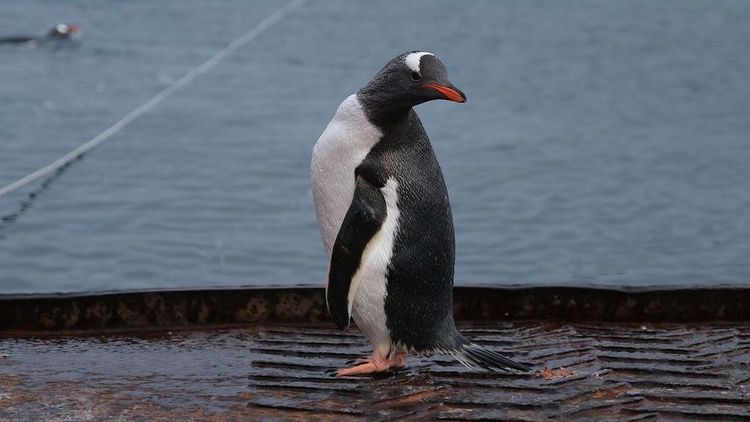Christmas in the Antarctic
Lina Aleke Holthusen and Jens Meyerjürgens from the ICBM will be on an expedition to the Antarctic over Christmas. They will be investigating exchange processes of climate-relevant gases between the ocean and the atmosphere. Their research focuses on the greenhouse gases methane (CH4) and nitrous oxide (N2O) as well as dimethyl sulfide (DMS) - a gas that plays a key role in cloud formation. The expedition in the waters around the West Antarctic Peninsula is part of the research project EWARP (Exchange fluxes of climate-relevant trace gases off the Western Antarctic Peninsula), funded by the Deutsche Forschungsgemeinschaft (DFG, German Research Foundation). The two are supported by Isabell Schlangen, a doctoral student at the University of Southern Denmark.
The research team wants to explore how these gases are produced in the Antarctic Ocean and whether the ocean acts as a potential source or sink for these gases. The thin layer covering our oceans, known as the sea‑surface microlayer (SML), plays an important role in assessing gas exchange processes, and is therefore another focus of the project. In the SML, surface-active substances (surfactants) accumulate at the boundary between the ocean and the atmosphere, which can reduce exchange fluxes. As these surfactants are mainly produced by algae, the three scientists have planned their field research for the beginning of the Antarctic summer, the time of the algal bloom. This means they will spend Christmas and the beginning of the new year in Antarctica. "This is my first trip to Antarctica and the first time I won't be spending Christmas and New Year's Eve with my family," says Lina Holthusen.
During their four-week stay from the beginning of December to the beginning of January, the scientists will live at the Chilean research station Profesor Julio Escudero on King George Island. From there, they will regularly go out into the bay in a working boat to collect water samples from the surface layer and the upper 1.5 meters of the water column. These samples will be analyzed in the laboratory for trace gases, surface-active substances, and many other parameters. Additionally, the researchers will collect data on temperature, salinity and ocean currents using sensors attached to buoys and drifters to learn more about the hydrography of the bay.
The aim is to gain new insights into an environment that is highly affected by climate change and still very unexplored. Lina, Jens and Isabell hope to use their data to support global climate models and gain a better understanding of the ongoing changes and future developments.
Updates during our fieldwork will be available on the WWF Youth page:
https://www.wwf-jugend.de/page/expedition-klima
The research team in action in the Antarctic
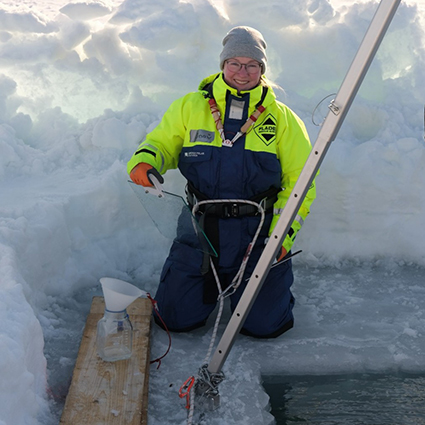
Lina Aleke Holthusen is PhD student in the EWARP project and works in the two ICBM working groups "Processes and sensing of marine interfaces" and "Marine Sensor Systems". She will take samples of the trace gases methane (CH4), nitrous oxide (N2O) and dimethyl sulfide (DMS) to get an overview of the local distribution and temporal variability of the gases. To quantify the fluxes of these gases between the ocean and the atmosphere, she will also sample surfactants from the sea-surface microlayer using a glass plate (see photo). In addition, Lina will conduct incubation experiments on the microbial and photochemical production and degradation mechanisms of trace gases and surfactants.
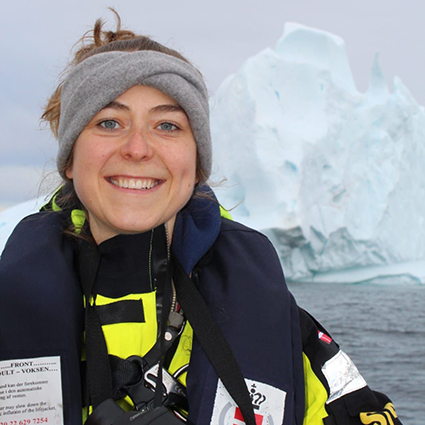
Isabell Schlangen is PhD student at the University of Southern Denmark. She will collect DNA and RNA samples that will provide information on which organisms, e.g. phytoplankton species or bacteria, are present and which genes were active at the time of sampling. In combination with the trace gas samples, she can draw conclusions about how the gases are produced or consumed microbially. Isabell will also carry out incubation experiments on nitrogen and carbon fixation in order to get a better understanding of the nutrient cycling in the Antarctic Ocean.
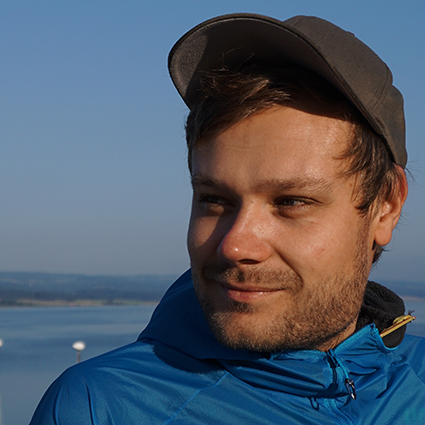
Dr. Jens Meyerjürgens is PostDoc in the ICBM working group "Marine Sensor Systems". He will focus on the hydrography of the bay and carry out measurements with various sensors and surface drifters. CTD sensors (Conductivity, Temperature, Depth) attached to a buoy, will measure high-resolution temperature and salinity in the upper 10 meters of the water column. An Acoustic Doppler Current Profiler (ADCP) will provide information on current intensity and direction. Together with surface drifters, which track sub mesoscale circulations, this provides an overview of the dynamics in the bay and the exchange with the Bransfield Strait.



![[Translate to English:]](/f/5/_processed_/3/2/csm_ICBM-Logo-transparent-_91fe1c6774.png)
